For my second piece this semester, I wanted to have fun.
According to my therapist and mother, I am autistic. Because of this, I process many things differently from someone who is not on the Autistic Spectrum. I am also a trained chef, and have worked in restaurants (and at home) for years. These two facts come together beautifully as I explored my own sensory processing through “Gumball Processing.”
The idea for the “Gumball Processing” started with an investigation into the self. I wanted to make a piece that would bring my mind a little bit closer to the minds of my participants; a part of this was understanding art as sensory processing. Again, I went to Saskia Bakker’s Design for Peripheral Interaction. Bakker, never letting me down, helped me map my own brain process to the rest of the world. I also read “Hertzian Tales and Sublime Gadgets” by Anthony Dunne, which inspired a distinct distaste for digital interactive projects. Although Dunne was eloquent and helpful in reconsidering the digital, I found that there was a deep antagonism in the ways that digital pieces would capture and employ data about humans in the analog world. I then dedicated this project to working without any sort of digital component.
First came the food.
It was important to me early on that my brain be accurately represented in this piece. A part of my sensory processing is that I do not eat collectively; rather, each texture and taste is isolated and recomposed as a sensual harmony. For this piece, I wanted to show how exactly I isolate and reconstruct food. The compartmentalization of eating is what inspired the design for the gumball machine, as well.
Creating my gumball machine was not easy. I consulted many Youtubes and listicles on how to DIY my way to a functional gumball dispenser. However, few of these suggestions proved functional. I instead designed my own gumball machine, using the power of math and a little bit of creative thinking.
This featured a lot of working and reworking, some of which happened while I was in the Wood Shop itself. However, with determination and some help from Francis, our local fibers expert, I completed my first design for “Gumball Processing.”
However, this would be far from the final design.
Due to many mechanical flaws in the pull mechanism, the ‘gumballs’ would not drop. Several re-designs later, Professor Angela Ferraiolo solved my entire project in one sentence. She said that my issue with the piece was “mechanical,” and that I was “losing the interaction.” Not only was she right, but she helped me re-conceive what became EAT MY ART.
The night before and day of Open Studios, I prepped my former gumballs. The menu consisted of four complete dishes that were then separated into two to four components each. The star of the piece was the Raspberry Tart Bun (pictured above), a soup-bun-style tart that was baked in biscuit dough and covered with cinnamon. This was separated into four components (the syrup, the raspberries, the soft inner dough, and the crispy outer dough).
In total, I created 95 tiny dishes. This was one of the most satisfying moments in this project.
Rather than rely on the framing of the gumball machine, I wanted participants to be formally served my dishes. Dressing the podium with a lush red velvet and creating custom marbled labels is what the piece needed to ground itself in a world. The piece was also aesthetically pleasing, which was unintentional but very wonderful!
Unfortunately, although many people stopped to look at my piece, most of them were too shy to eat anything! I removed several of the wells to create the illusion that people had been eating them; this, along with some very dedicated friends/decoys, made the piece more accessible and more people were inclined to try eating the dishes.
Strangely, it was as I de-installed that the most people visited and ate with me. Approximately seven people consecutively stopped me as I was packing up and asked what my piece was and if they could try it. This better explained why people had not eaten before: every person mentioned that it look too nice to touch.
In this way, my dressing of the piece thoroughly backfired. Part of the success of a gumball machine is that it is unintimidating and many people know how to use it, either instinctively or from interacting with a gumball machine itself.
The most important lesson from this was PRAXIS MAKES PERFECT. Although I read Andrew Boyd’s Beautiful Trouble last semester, I didn’t quite learn my lesson until this one. I wish I had spent more time perfecting the design of my turning mechanism in the beginning of this project, as well as spent more time testing with people it in the latter half.
This is not the end of the gumball machine, though; I intend to finish this piece over the summer. This is also not the end for “EAT MY ART;” I hope to create more pieces about the interactions between people, food, and art. Part of the satisfaction of this piece for both myself and the participants is the shared relationship to the food. I want to work more with this relationship and better investigate this simultaneously distant and intimate relationship.
Also, I love to cook.
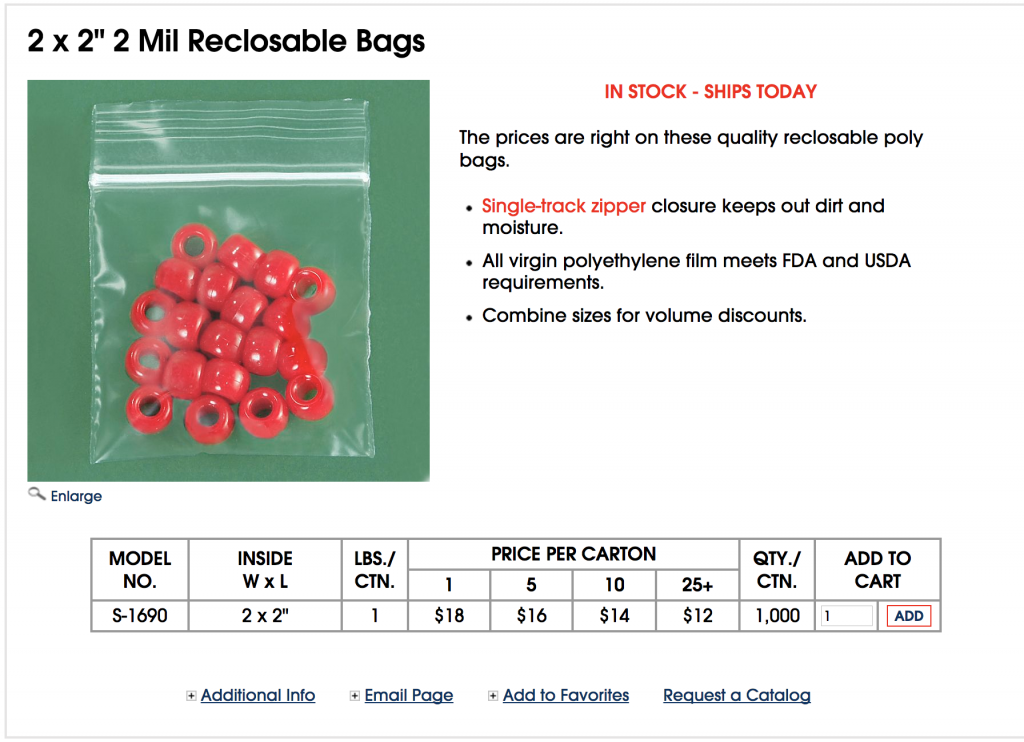

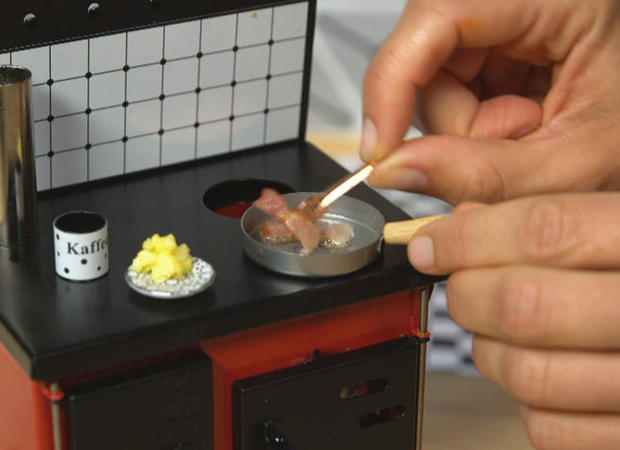






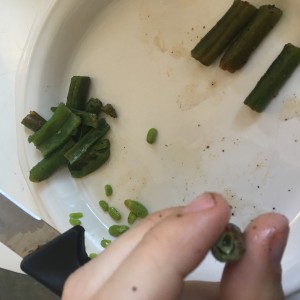

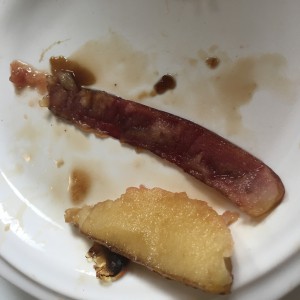

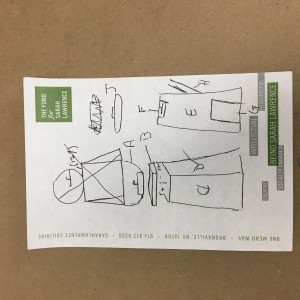
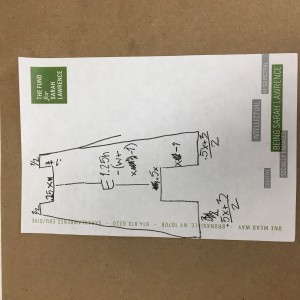
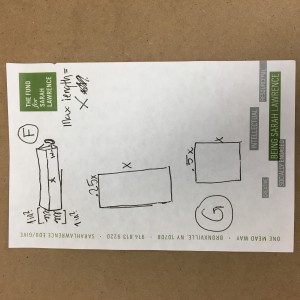
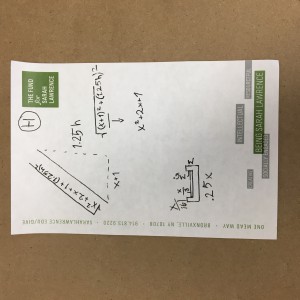

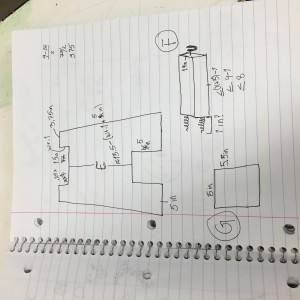

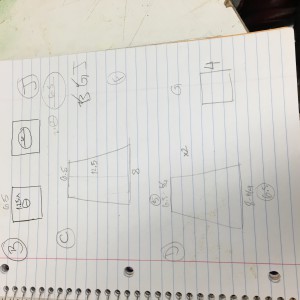
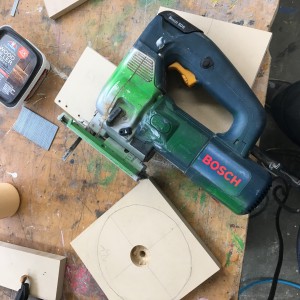
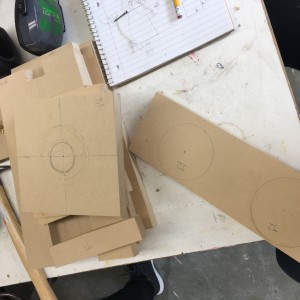


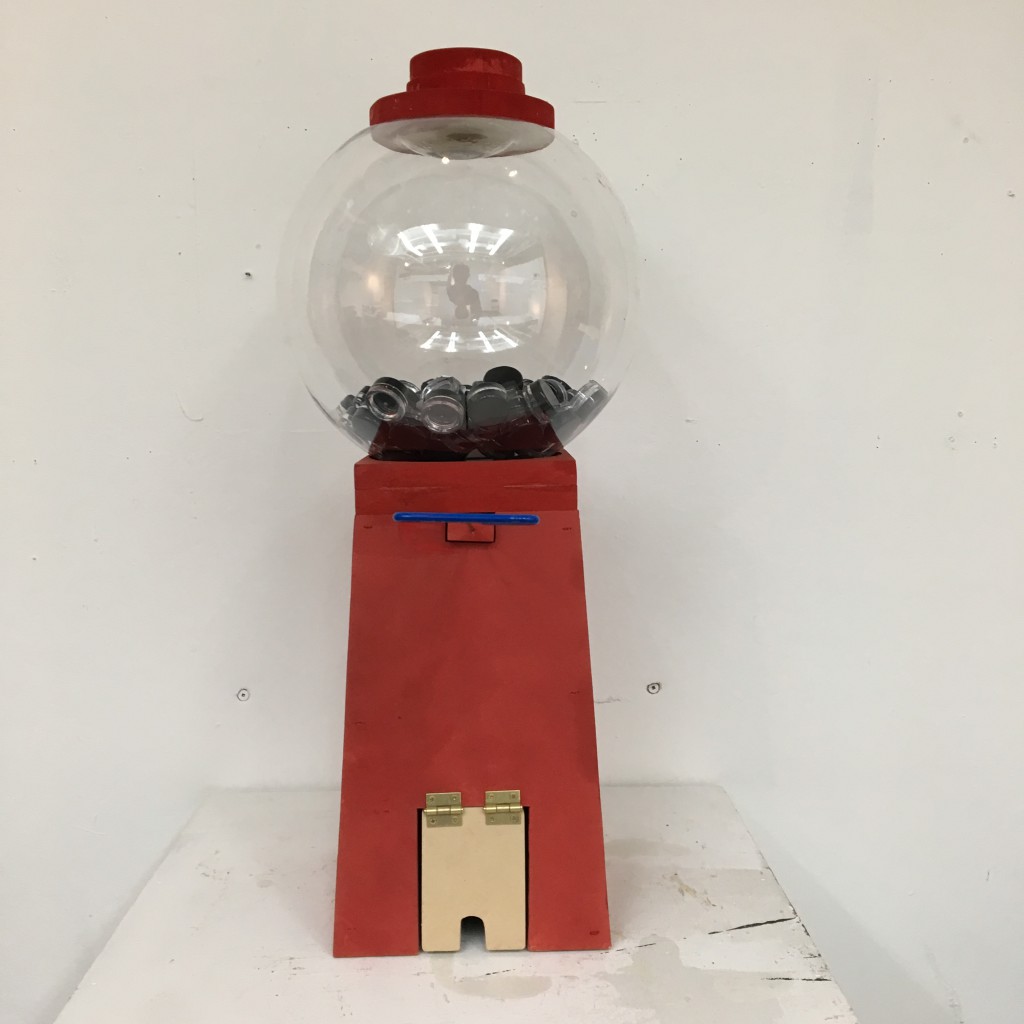
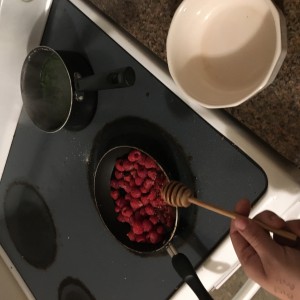

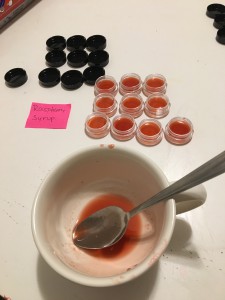

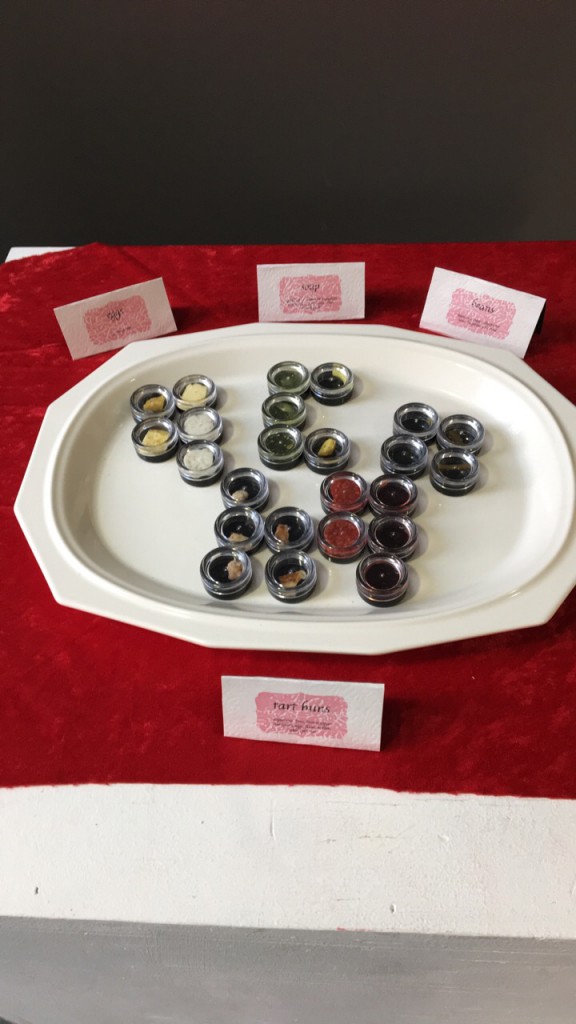
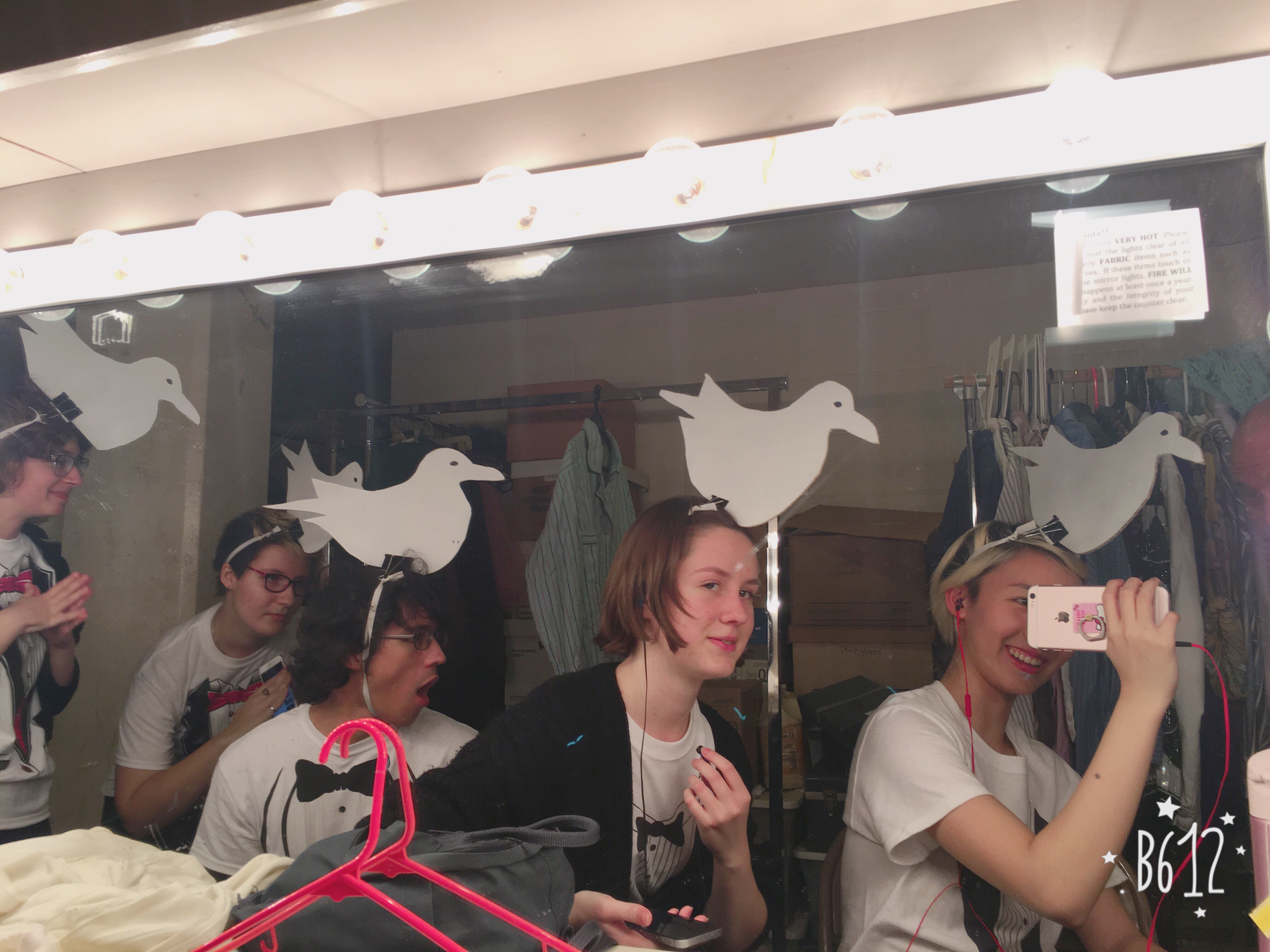
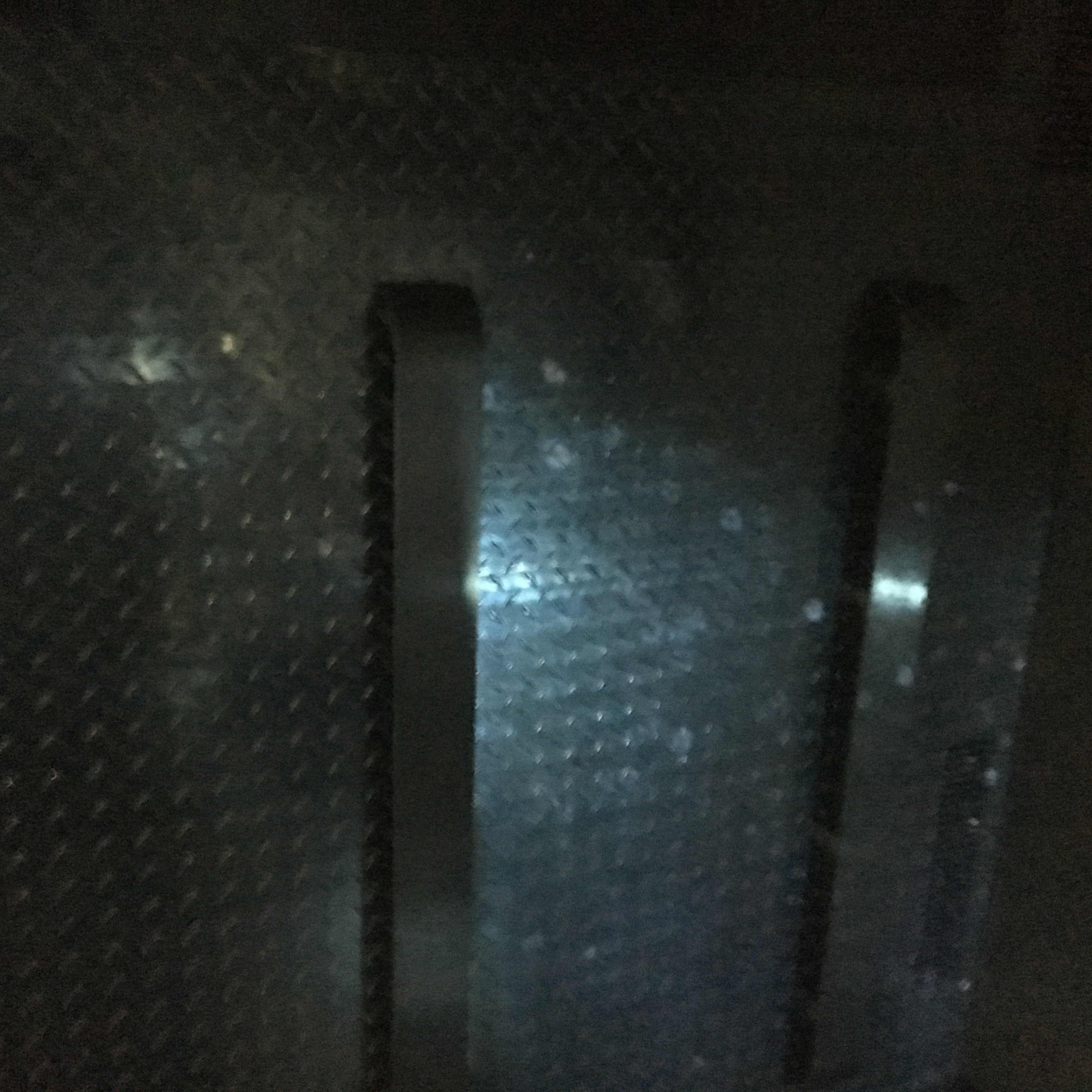
![Cultural HiJack: [Scholar’s Library]](http://astoryisnotatree.net/wp-content/uploads/2017/12/twitter-bg.gif)